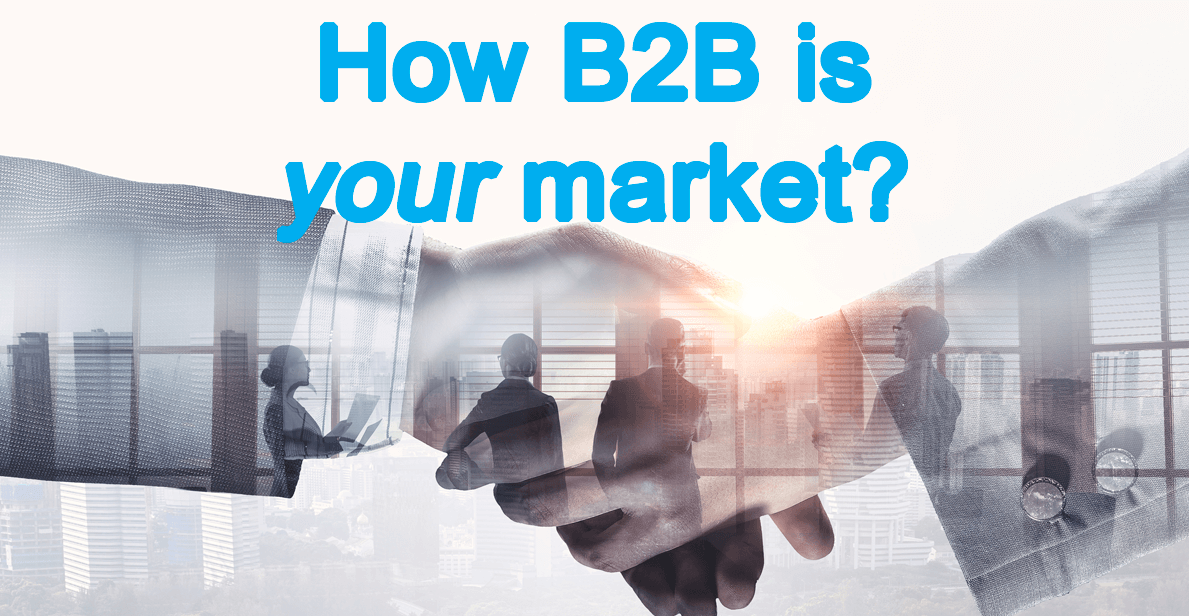Each of your market segments has a unique nature, defined by five qualities of its customers: knowledge, interest, objectivity, foresight and concentration. If you treat all markets the same, you’ll seriously sub-optimize. Better to fine-tune your early-stage marketing (understanding customer needs) and late-stage marketing (promoting your solutions) to each market segment. Use this free service to calculate your market’s B2B Index (how B2B it is) and learn 15 customized marketing strategies.
Calculate your B2B Index at www.b2bmarketview.com
Research shows top sales professionals ask customers questions such as, “What problems are you facing?” Why not ask this before you develop a new product —not just afterwards? Such questions engage, so customers are often “half-sold” by your launch date. And their answers let you create much better new products. So… one question, two benefits.
More in Leader’s Guide Videos Lesson 17, Engage your B2B customers
When you launch a product, do customers instantly begin buying? Or do they need months of deliberation? Start them deliberating well before your launch with engaging interviews and follow-up. Customers will help you make course corrections for a better new product… and when you’re ready to sell, they’ll be ready to buy much faster.
More in article, The Missing Objective in B2B VOC
The term “B2B” is useful, because business customers can be so different than end-consumers. But it’s a blunt and imprecise term, and we can do better. Check out the “B2B Index” developed by The AIM Institute. The higher your market’s B2B Index, the greater you can engage customers… in both early-stage and late stage marketing. (This is a free service.)
Calculate your B2B Index at www.b2bmarketview.com
Innovating companies that directly engage their customers have operating income growth rates three times higher than those that do not. When you see a gulf of 3X, it should scream “opportunity!” Gaining customer insight in an engaging manner may be commonplace in the future, but today it’s a competitive advantage. Will you seize it?
More in article, Why Maximizing Shareholder Value is a Flawed Goal





